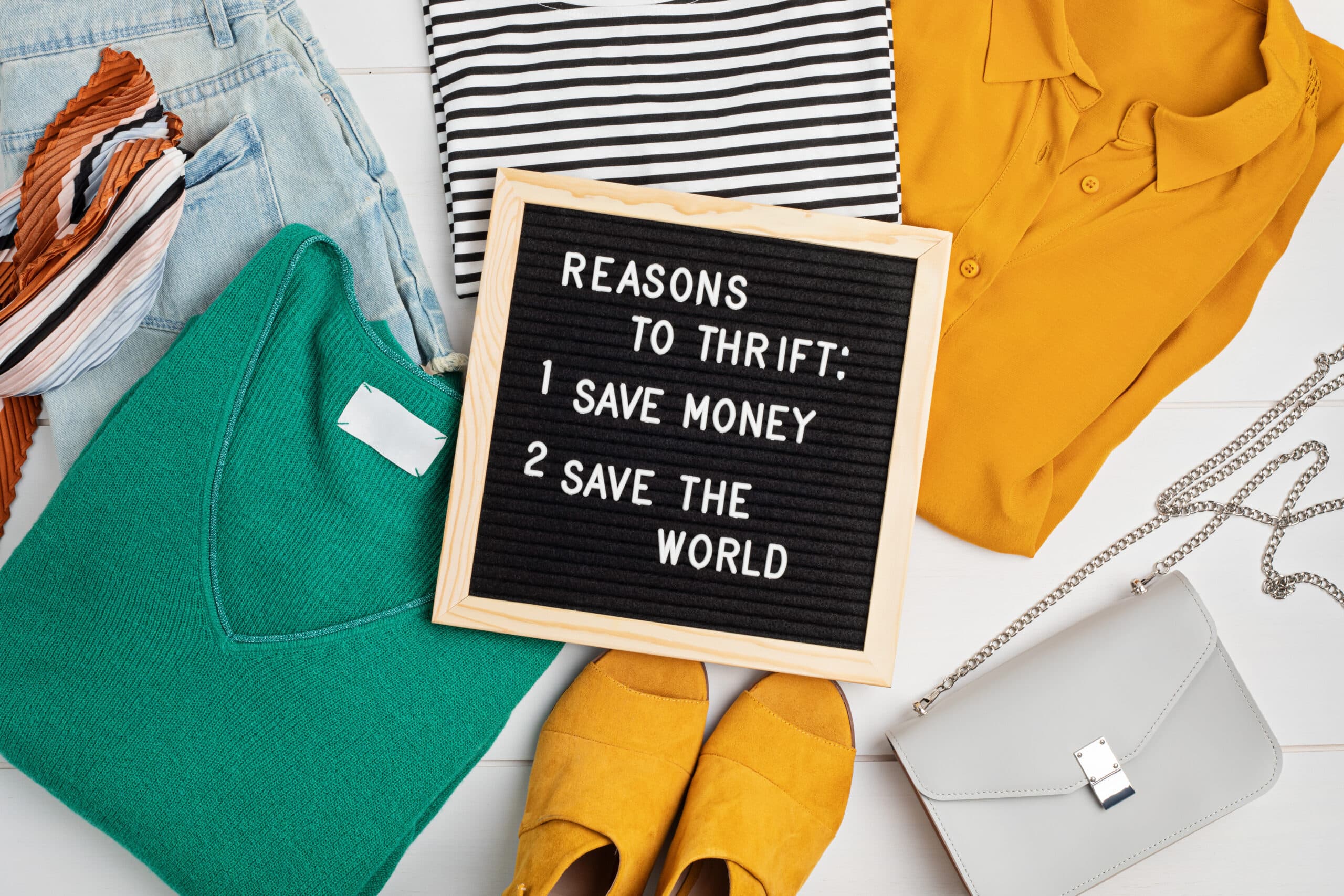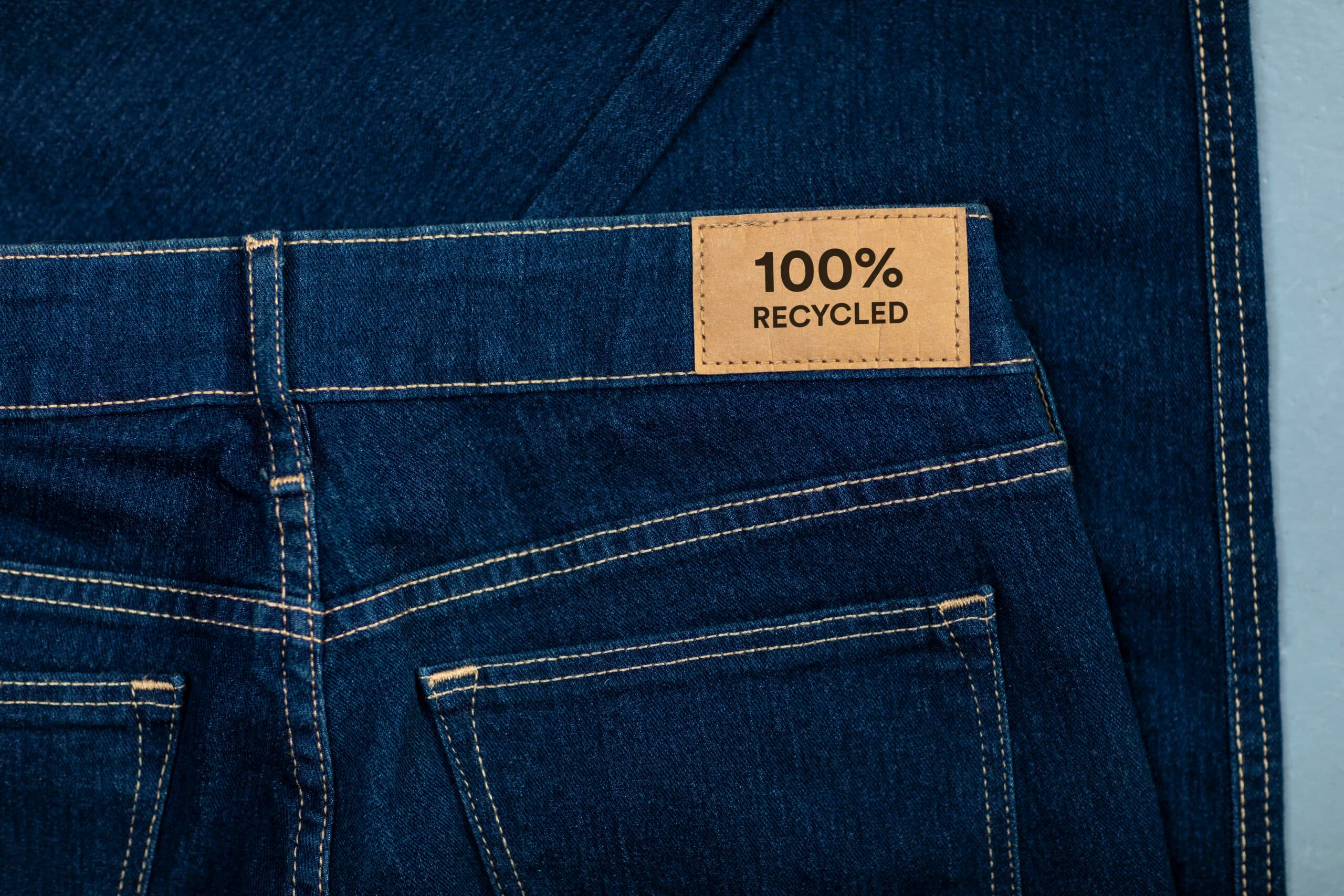
Carbon Footprints and Consumer Lifestyles
With rising awareness of climate change and our impact on it, more and more consumers are seeking to reduce their environmental footprint. Many consumers prefer to buy ‘green’ products and are even willing to pay more for them. For example, an empirical study published in the academic journal Sustainability found that consumers are willing to pay up to 20% more for a more environmentally friendly item of clothing. Consumer behavior is certainly also affecting companies that are aware of consumers’ desires and preferences in the environmental and climate fields and more recently, advertise and market to consumers more ‘green’ or recycled products to show that they are also working to protect the environment. But buying a seemingly green product is not always enough, so how else can we as consumers influence companies and manufacturers in our choices and reduce our negative impact on the planet?

1. Purchase less
In circular economy the emphasis is primarily on reduced use of virgin raw materials and the use of used raw materials that are already in the production circles. The most basic action that each and every one of us can do at the time of purchase is to stop for a moment and ask ourselves – do I really need an additional new product? Can I get a similar product second hand, borrow from an acquaintance or just give up the product if there is no real need for it? Do not be ashamed to return the product to the shelf, or abandon the shopping cart on the site.
2. Rent instead of purchase
We need many things, but we don’t have to purchase the product itself in order to use it. We can choose smart consumption and purchase from companies that offer a service instead of selling a product. In a circular business model of services and execution, instead of the company selling the product and the customer becoming its owner, it allows the customer to use the product only when he needs it and the ownership of the product remains of the company. This encourages companies to produce more durable quality products since the company is the owner of the product and responsible for its quality and maintenance.
A good example of this is a car rental model such as that of ‘CarToGo’ or ‘Auto-Tel’ of the Tel Aviv Municipality, which allows you to rent a car and pay only according to the time and distance that you actually drive. In this model, many people use one vehicle. In a situation where more people will use the vehicle as a service, we will see fewer cars on the road, traffic congestion will be reduced, fewer cars will be produced. Beyond that, imagine what our city and neighborhood would look like in a situation where we would only use the vehicle when we needed it instead of owning vehicles that remain parked on the curb most of the day and disfigure the cityscape. In an academic study that evaluated the environmental benefits associated with the car-sharing project in the city of Palermo, it was found that the project helped reduce carbon emissions by about 38 percent.

3. Warrant
If we are not able to procure the product as a service, and we still need to purchase it, it is always important to check the terms of the warranty on the product – for what period of time is the company responsible for repairing the product? And beyond that, even examine whether the company is obligated to collect obsolete products.
Today, there are companies that operate in Europe and promise to provide repair service on their products throughout the period of their use. This commitment also creates an incentive for the production of durable and quality products. An example of a long-standing company that always offers repair services is ‘Patagonia’, a chain of stores that sells sportswear – even after 10 years of owning a ski jacket, you can access and repair it, if necessary, at any store in the company’s chain.
4. Examining product components
Another rule for smart consumption is to examine the components of the product – what raw materials are used in the production of the product, what raw materials it is made of, can it be reused, and whether it can be recycled.
More and more companies are providing this information in the product label and there are also organizations that rate companies and products according to the extent of their impact on the environment such as ‘Cradle2cradle’. Today, you can also find apps that allow you to scan a product in a supermarket and see what its’ environmental impact is, for example, impact score – a tool that helps to choose fewer polluting products. With the help of the app, anyone can go to the supermarket, scan the product he wishes to purchase, and see, for example – if the product’s packaging can be recycled, how much carbon dioxide is emitted during its production process; And it also offers alternative products that are more ‘beneficial’ for the environment. Additionally, you can search in advance for products by category, for example, milk, and get information about the best milk for the environment and yourself.

5. Emission Offsetting
At the end of the day, even if we choose the product with the lowest impact on the environment – every product we purchase has an environmental impact. However, it is possible to prevent damage to the earth by balancing and offsetting carbon emissions. What does it mean? It is possible to contribute to another activity or technology that reduces pollutants and carbon emissions to the air. Today, for example, there are platforms that make it possible to donate for planting trees – these absorb carbon and thus reduce the carbon that leads to global warming. There are also platforms that offer consumers to reset their carbon emissions by purchasing carbon dioxide credits like terrapass or myclimate. A Carbon Credit is created when companies manufacture technologies that replace polluting production methods and thus prevent and save emissions of carbon dioxide into the air.
The savings in emissions are translated into carbon credits that can be purchased and thus, we contribute to the replacement of polluting methods with innovative technologies that are beneficial for the environment. For example, a company that produces energy from waste, prevents landfilling of waste, and produces energy that replaces the use of polluting fuels – produces savings in emissions of pollutants and carbon dioxide into the air. In fact, the money we invest in Carbon Credit goes to companies that produce solutions and products that prevent and reduce pollutant emissions into the air in order to give companies a financial incentive to develop circular economy solutions
The power to change lies with us, the consumers, and as we ask the right questions and make our choices accordingly, more and more companies will respond to the demand to produce products made from secondary raw materials – i.e. waste used as raw material, to combine recycled raw materials, to produce a product that can be recycled and thus reduce waste production and reduce the pollution and emissions of product production on earth.
The author, Yamit Naftali is an expert in circular economy and business development manager at HomeBiogas
The original article was published in Hebrew in Mako in February 2022.






